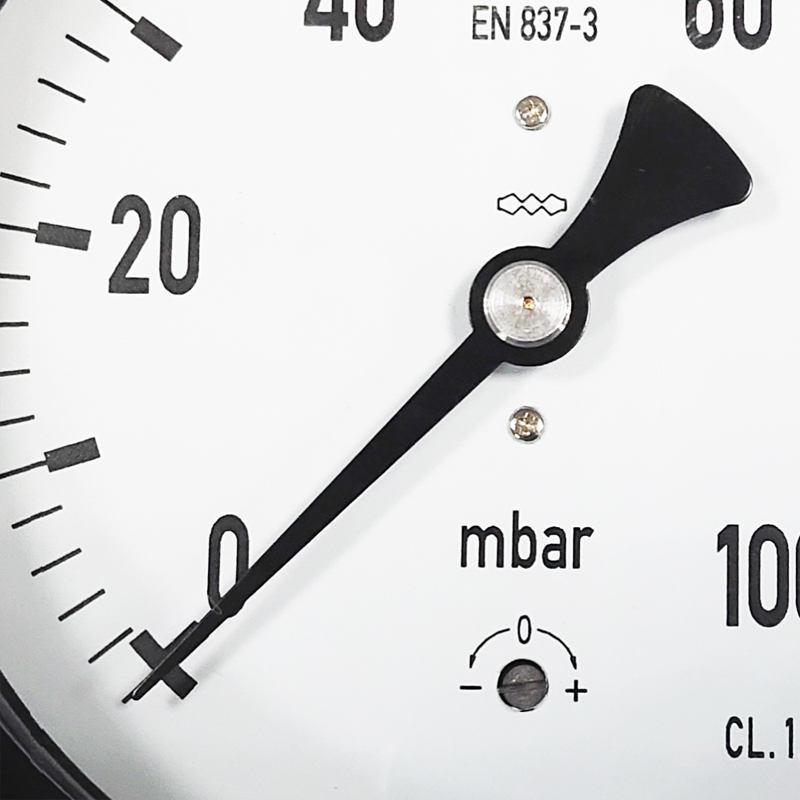
Aug . 13, 2024 16:41 Back to list
Differential Pressure Gauge Valve Solutions for Accurate Measurement in Industrial Applications
Understanding Differential Pressure Gauge Valves in China
Differential pressure gauge valves play a crucial role in various industrial processes, particularly in China, where manufacturing, petrochemicals, and energy production are significant sectors. These valves are integral in measuring the pressure difference across two points in a system, enabling operators to monitor flow rates, filter conditions, and various process parameters effectively.
The Functionality of Differential Pressure Gauge Valves
Differential pressure gauges work by measuring the difference in pressure between two points. They usually consist of two pressure input ports, a sensing element, and an indicating device. When fluid flows through a pipeline, it creates different pressures at various points due to resistance from fittings, filters, or other obstructions. The differential pressure gauge captures this variance, allowing operators to diagnose the condition of the system and make informed decisions.
In China's industrial landscape, this technology is indispensable. For instance, in oil and gas extraction, differential pressure measurements are essential for monitoring well performance and enhancing recovery techniques. Similarly, in water treatment facilities, these gauges help maintain appropriate flow rates and ensure optimal filter performance, preventing costly downtimes.
The Importance of Accurate Measurements
Accurate readings from differential pressure gauge valves are vital for the safe and efficient operation of various processes. Inaccurate measurements can lead to operational inefficiencies, safety hazards, and environmental concerns. For example, in chemical manufacturing, incorrect differential pressure readings can result in overpressure scenarios, potentially leading to equipment failure or leaks that might cause hazardous spills.
To ensure reliable performance, manufacturers in China employ rigorous quality control measures during the production of these valves
. Advanced materials, such as stainless steel and special alloys, are often utilized to enhance durability and resistance to corrosion, particularly in challenging environments.china differential pressure gauge valve

Trends in the Chinese Market
As China's industrial sector evolves, the demand for advanced differential pressure gauge valves continues to grow. The push for automation and smart technologies in industries means that traditional gauges are increasingly being replaced by digital differential pressure transmitters. This transition allows for real-time monitoring, data logging, and integration with control systems, providing enhanced operational oversight and efficiency.
Moreover, with growing environmental regulations and the need for sustainable practices, industries in China are turning to differential pressure measurement technology to optimize their operations. By maintaining ideal pressure differentials, companies can reduce energy consumption, lower emission levels, and improve overall efficiency.
Challenges and Opportunities
Despite the advancements, the Chinese market for differential pressure gauge valves faces challenges, including stringent regulatory standards and the need for ongoing innovation. Companies must continually improve their products to meet these evolving requirements while also addressing competitive pressures from global players.
However, these challenges also present opportunities for growth and development. The drive towards digitization and smart manufacturing opens doors for new products that utilize IoT technology, offering enhanced connectivity and smarter analytics. Those who can innovate and adapt to these trends are likely to stay ahead in this rapidly evolving market.
Conclusion
Differential pressure gauge valves are a vital component of many industrial processes in China, essential for monitoring performance, ensuring safety, and optimizing efficiency. As the country continues to advance technologically and prioritize sustainable practices, the role of these valves will only become more pronounced. Companies that invest in innovative solutions and maintain high quality standards will be well-positioned to thrive in this critical segment of the industrial landscape.
-
High-Precision 5 Valve Manifold Differential Pressure Gauge Suppliers
NewsApr.29,2025
-
High-Precision Diaphragm Vacuum Pressure Gauges Manufacturers & Quotes
NewsApr.29,2025
-
Omega Differential Pressure Gauges High Accuracy & Durability
NewsApr.28,2025
-
Low Pressure Differential Pressure Gauges Precision Solutions & Quotes
NewsApr.28,2025
-
Digital Diaphragm Pressure Gaauge Precision Measurement & OEM Quotes
NewsApr.28,2025
-
Differential Pressure Gauge China Price High-Accuracy & Best Quotes
NewsApr.28,2025
